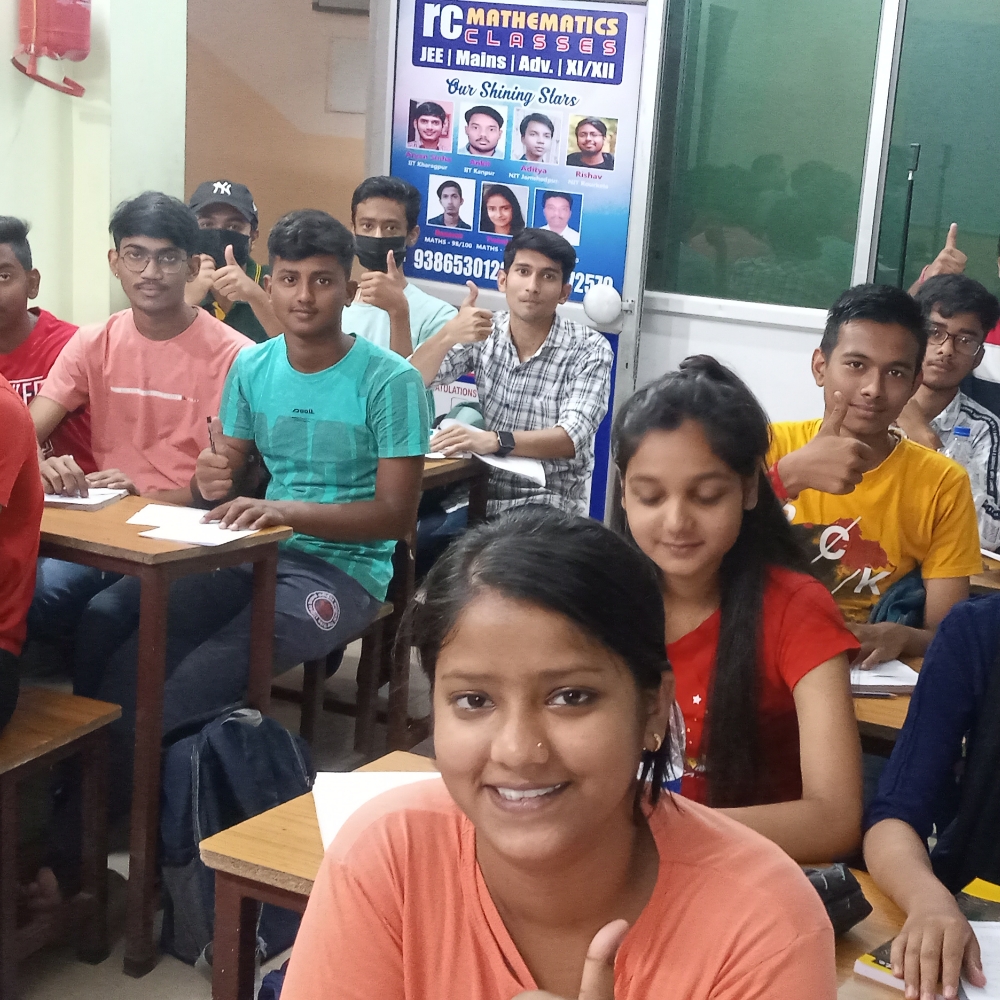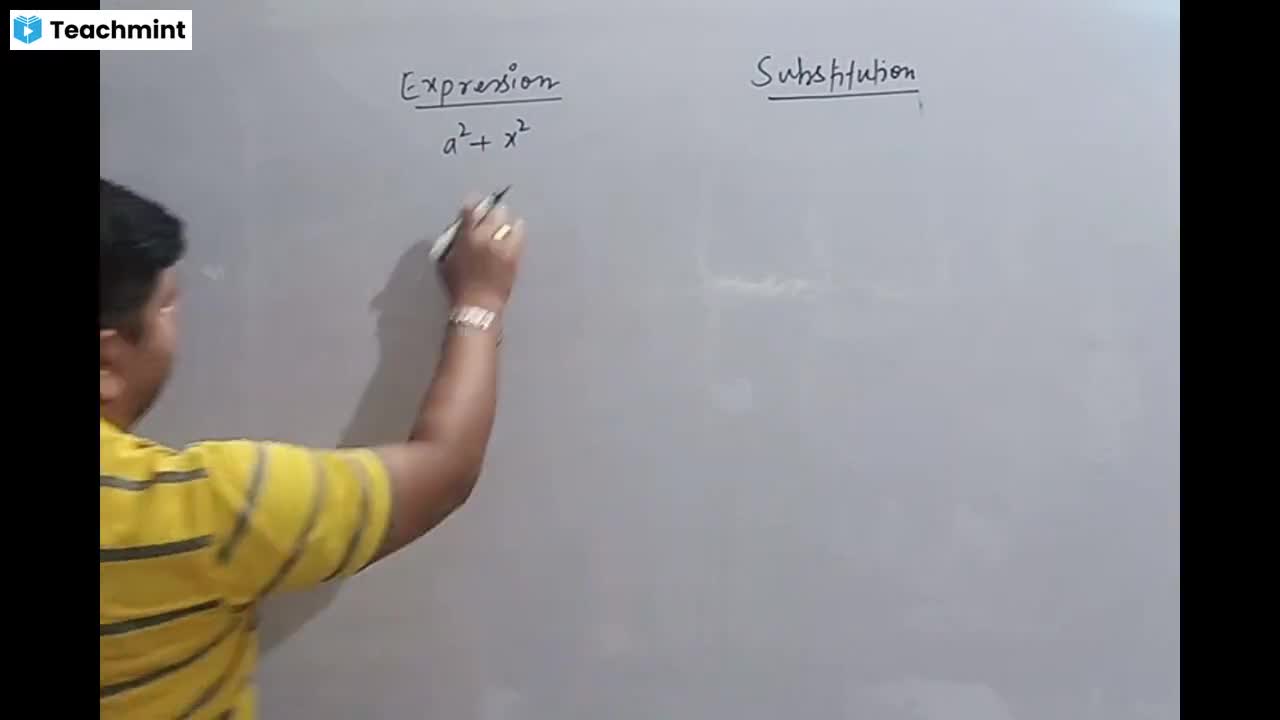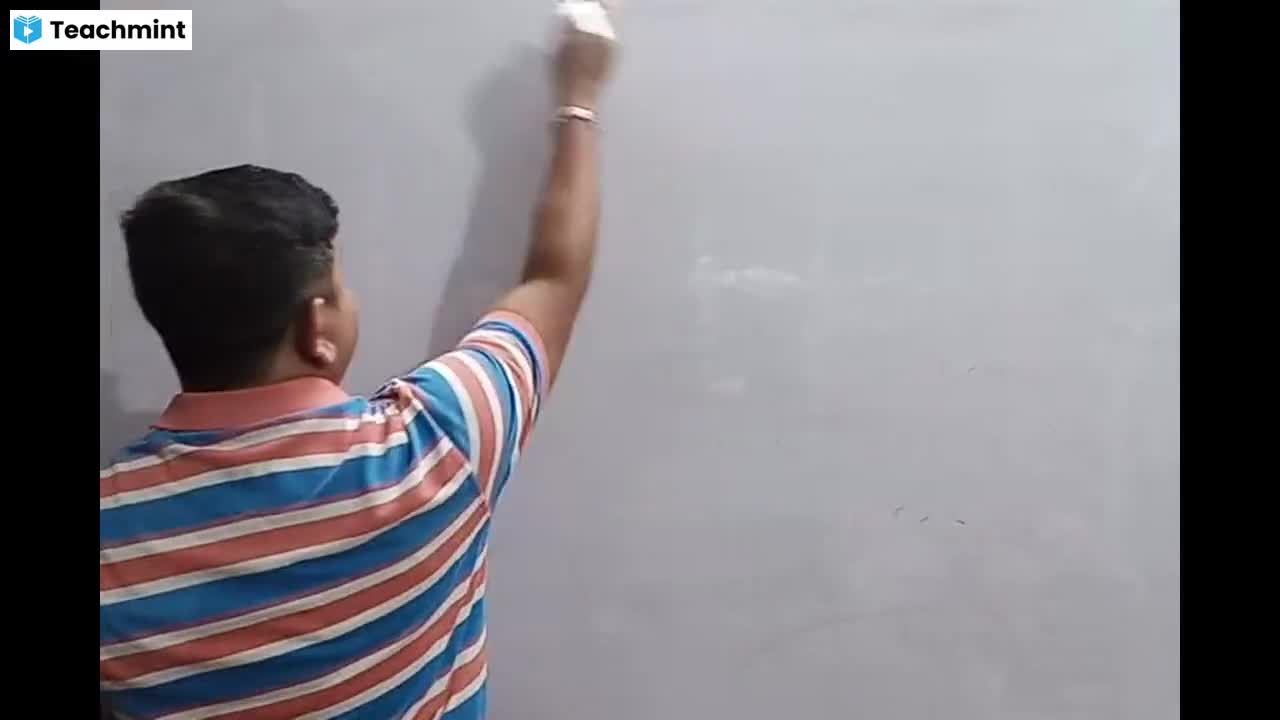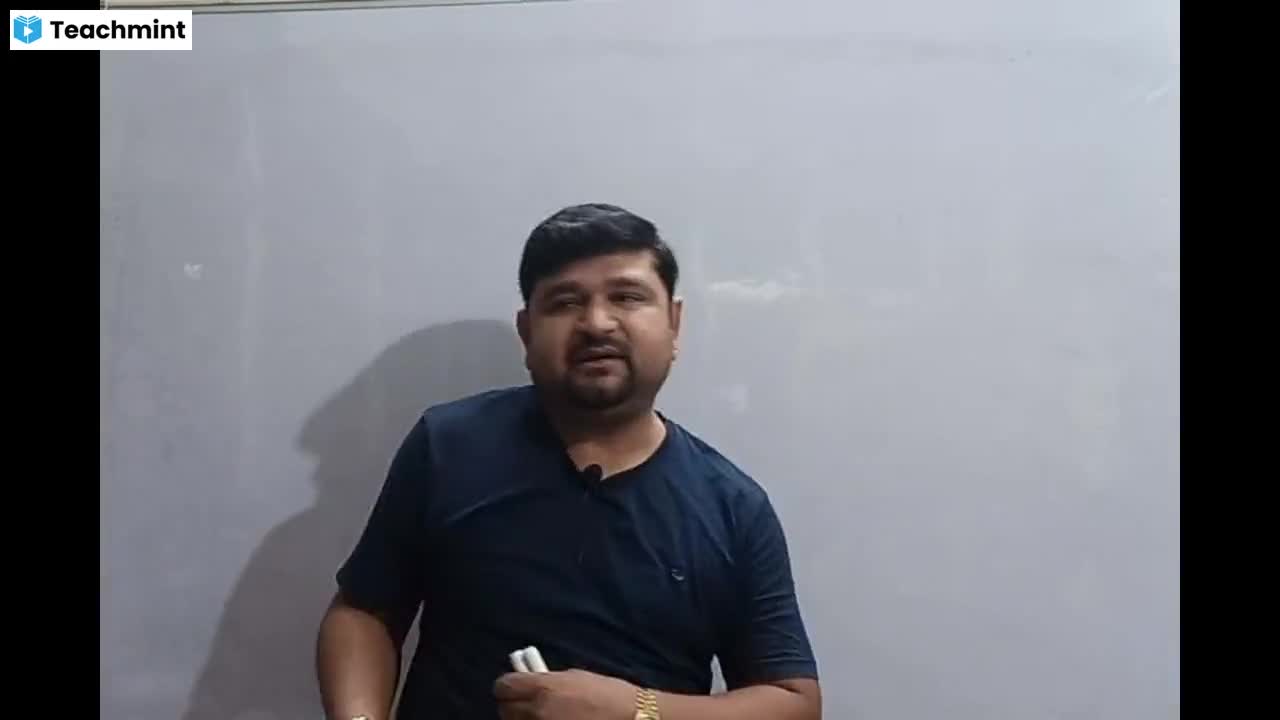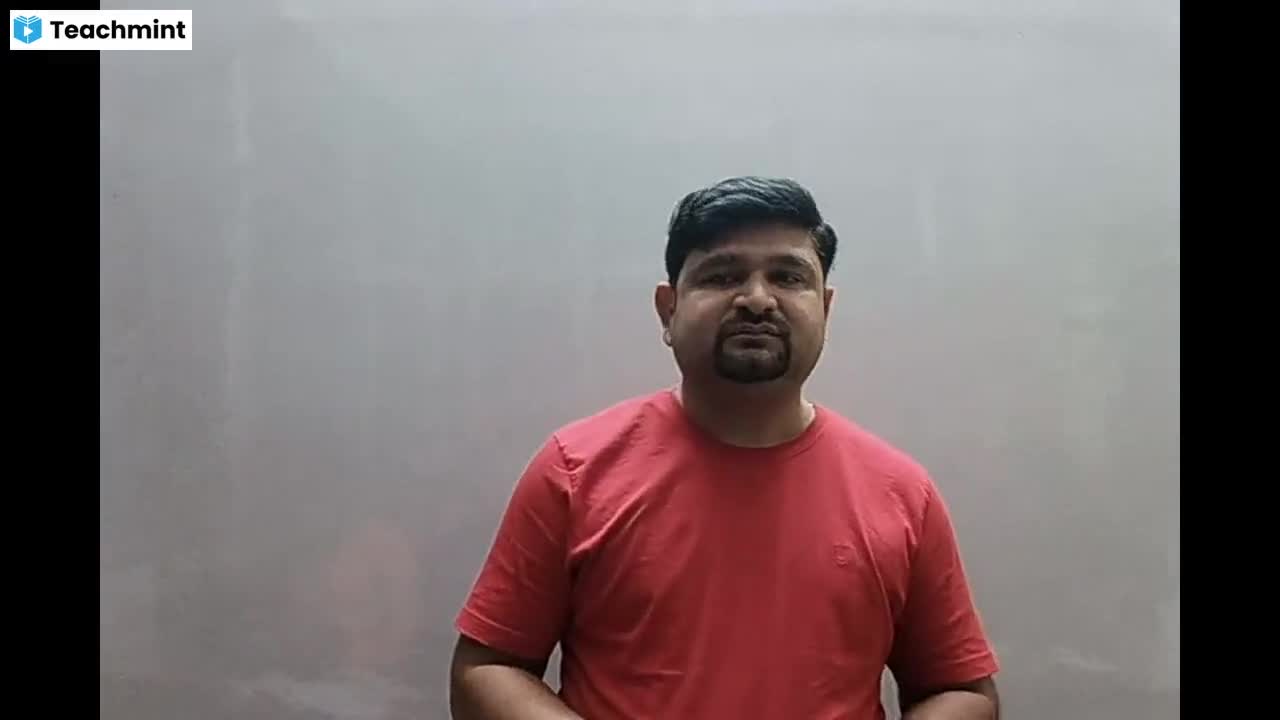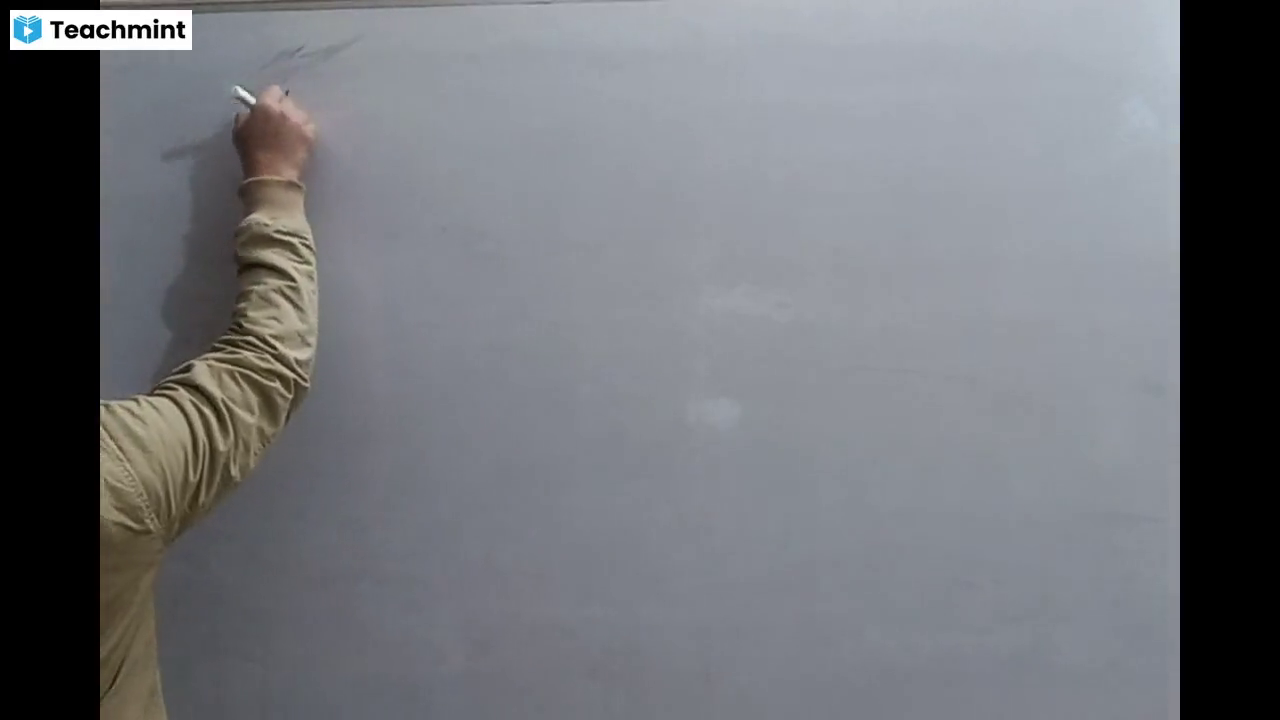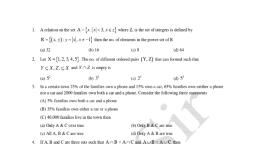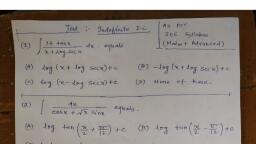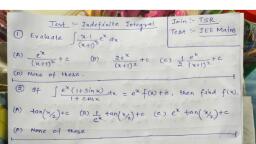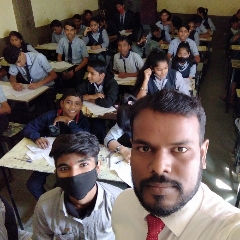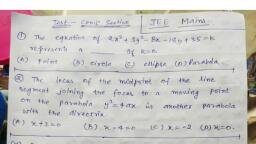Question 1 :
For a real number x, let [x] denote the greatest integer less than or equal to x-<br>Then f(x) = <img style='object-fit:contain' src='https://storage.googleapis.com/teachmint/question_assets/JEE%20Main/5e870c91e6d3604eaa92ed53' height='40' width='77' > is-
Question 2 :
A function f(x) = 1/log | x | is discontinuous at -
Question 4 :
If f(x) = | cos 2x | then f ′(π/4 + 0) is equal to
Question 5 :
If x is real number in [0, 1], then the value of <br><img style='object-fit:contain' src='https://storage.googleapis.com/teachmint/question_assets/JEE%20Main/5e870cf275ed294f2c7c42ed' height='27' width='55' >[1 + cos<sup>2m</sup> (n!πx)] is given by
Question 6 :
If f (x) = <img style='object-fit:contain' src='https://storage.googleapis.com/teachmint/question_assets/JEE%20Main/5e870beb19f8d44d3a17f901' height='44' width='57' > then -
Question 7 :
A function f(x) = 3 - 4 |sin x| + |cos x| + e<sup>x</sup>. Then f(x) is -
Question 8 :
The number of points of discontinuity of f(x) = [x<sup>3</sup> +1] in<br>(1, 2) is/are
Question 10 :
Which point is not a point of discontinuity of the function f(x) = <img style='object-fit:contain' src='https://storage.googleapis.com/teachmint/question_assets/JEE%20Main/5e870c98e6d3604eaa92ed6b' height='37' width='57' >
Question 11 :
Consider the function f(x) = |x - 1| + |x - 2|
Question 12 :
The value of <img style='object-fit:contain' src='https://storage.googleapis.com/teachmint/question_assets/JEE%20Main/5e870bee19f8d44d3a17f909' height='56' width='109' > is -
Question 14 :
In order that the function f(x) = (x + 1)<sup>cotx</sup> is continuous at x = 0, f(0) must be defined as
Question 16 :
If f(x) = <img style='object-fit:contain' src='https://storage.googleapis.com/teachmint/question_assets/JEE%20Main/5e870c88e6d3604eaa92ed37' height='36' width='60' >; x ≠ 0 is continuous at x = 0 then f(0) equals -
Question 17 :
<img style='object-fit:contain' src='https://storage.googleapis.com/teachmint/question_assets/JEE%20Main/5e870d2f19f8d44d3a17fd00' height='52' width='138' >, <img style='object-fit:contain' src='https://storage.googleapis.com/teachmint/question_assets/JEE%20Main/5e870d2f75ed294f2c7c43a4' height='27' width='52' >, ([x] denotes greatest integer less than or equal to x)
Question 18 :
A function f(x) = <img style='object-fit:contain' src='https://storage.googleapis.com/teachmint/question_assets/JEE%20Main/5e870d0375ed294f2c7c431a' height='44' width='79' >, α ≠ mπ is continuous at x = α then
Question 20 :
The function f(x) <img style='object-fit:contain' src='https://storage.googleapis.com/teachmint/question_assets/JEE%20Main/5e870c9a75ed294f2c7c41ca' height='41' width='89' > is -
Question 22 :
<img style='object-fit:contain' src='https://storage.googleapis.com/teachmint/question_assets/JEE%20Main/5e870a8475ed294f2c7c3bd7' height='27' width='25' ><img style='object-fit:contain' src='https://storage.googleapis.com/teachmint/question_assets/JEE%20Main/5e870bea75ed294f2c7c3fa7' height='40' width='93' > equals -
Question 23 :
Let ƒ and g be differentiable functions satisfying g′(a) = 2, g (a) = b and ƒog = I (identity function). Then, ƒ′ (b) is equal to -
Question 24 :
If f(x) = <img style='object-fit:contain' src='https://storage.googleapis.com/teachmint/question_assets/JEE%20Main/5e870d0319f8d44d3a17fc72' height='55' width='96' >
then f(x) is -
